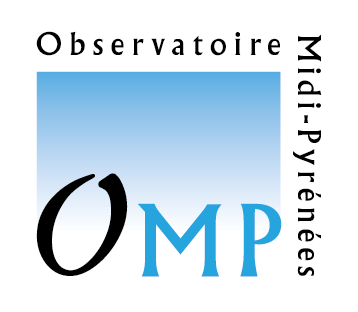Textural Features and Chemical Evolution in Tantalum Oxides: Magmatic Versus Hydrothermal Origins for Ta Mineralization in the Tanco Lower Pegmatite, Manitoba, Canada
Résumé
Tantalum, a key element in the electronics industry, is produced mainly from rare element granitic pegmatites. Although their internal structure, mineralogy, and petrogenesis have been extensively investigated, the processes that control tantalum mineralization remain poorly understood, in particular the role of fluids in the crystallization of tantalum ore. One of the major problems arises from the difficulty in distinguishing primary magmatic from secondary, hydrothermal textures in such complex rocks. In the Tanco pegmatite, Manitoba, Canada, tantalum mineralization shows a complexity that reflects the complex petrogenesis of its host pegmatite. Eight different families of tantalum oxides occur in various associations and compositions. The Tanco Lower pegmatite is an isolated body beneath the main pegmatite body that contains abundant tantalum associated with mica alteration. Tantalum mineralization in the Tanco Lower pegmatite occurs as three different styles. Facies 1 is hosted by the wall zone and hosts primary magmatic Ta oxides with simple textures (progressive and oscillatory zoning). Facies 2 is hosted by the lower and upper intermediate zones where most mineralization occurs with dendritic amblygonite. Facies 3 is hosted by the central zone, which is affected by mica alteration. In this latter facies, the oxides show particularly complex textures evident from X-ray mapping. By combining information obtained from textural observations and chemical analyses, we are able to determine the paragenesis for each Ta oxide-bearing mineral assemblage and hence to evaluate the relative contributions of magmatic versus hydrothermal processes. In complex associations, we observe relics of primary Ta phases that are replaced or overgrown by secondary Ta phases. We propose the paragenetic sequence: columbite group minerals + microlite (early primary magmatic) -> columbite + wodginite group minerals + microlite (late primary magmatic) -> wodginite group minerals + microlite (secondary magmatic) -> ferrotapiolite (secondary magmatic). In addition, chemical variations were identified in the columbite and wodginite group minerals, both at the crystal scale and at the pegmatite scale. Columbite and wodginite group minerals show the typical Ta* = Ta/(Ta + Nb) and Mn* = Mn/(Mn + Fe) (atomic ratios) increase from earlier to later zones. At the crystal scale, the increase in Ta* and Mn* with fractionation in the columbite group is explained by the higher solubility of the Ta end member relative to the Nb end member and the crystallization of other minerals that shift the melt composition toward Mn* enrichment. The fractionation trend in the wodginite group shows Fe enrichment, which is consistent with experimental results that show a higher solubility of the Fe end member relative to the Mn end member in columbite group minerals. Considering the available experimental data, as well as the intimate association of Ta oxides with zircon observed in this study, we conclude that tantalum mineralization is a product of direct crystallization from the melt rather than hydrothermal in origin. Fluids are attributed an indirect role only, as they could have brought minor elements (Fe, Mn, or Ca) into the melt, which resulted in the crystallization of secondary Ta phases. Textural evidence shows that the late secondary phases were formed at the same time as mica alteration. We suggest that mica alteration was due to a late melt, rather than a hydrothermal fluid, that reacted with the blocky K-feldspar of the central zone. During the alteration event, tantalum was remobilized from primary phases and incorporated in new, secondary Ta oxide species.

